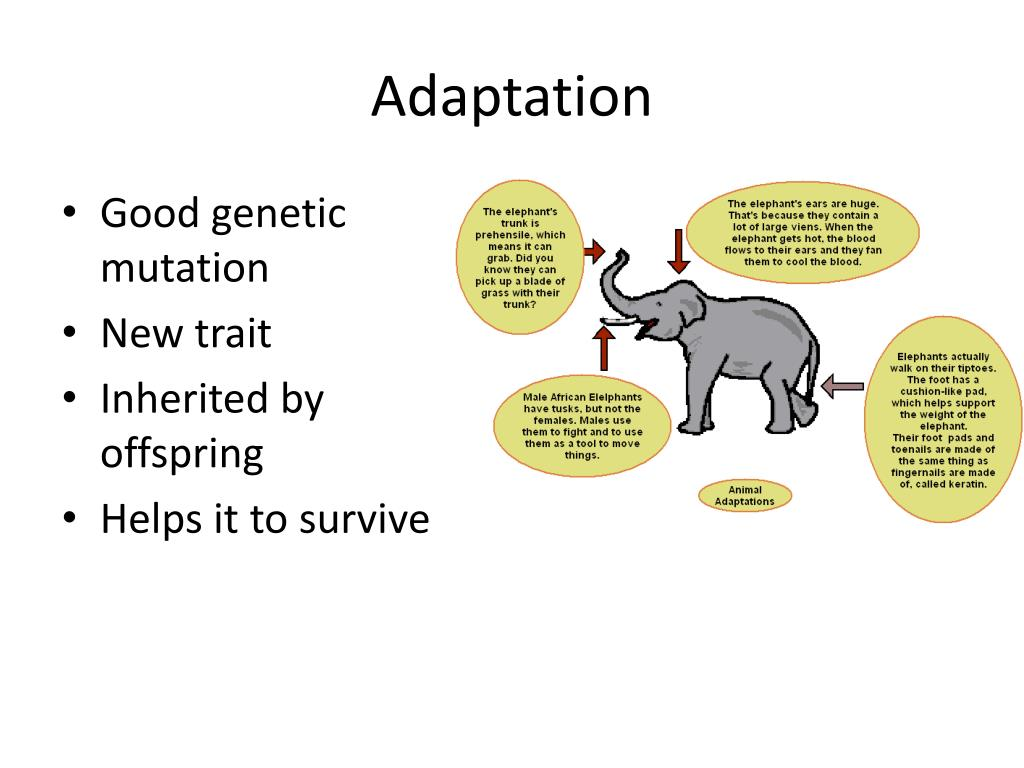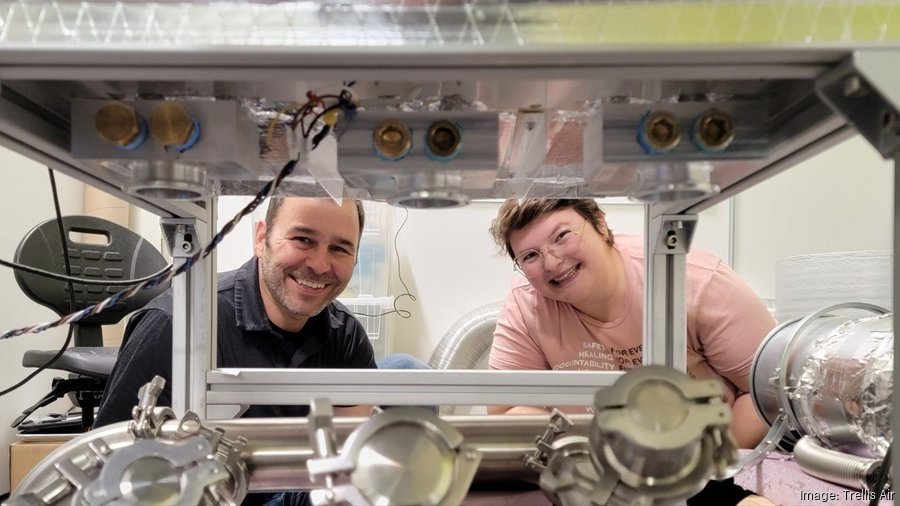Genetic adaptation is an extraordinary process that illustrates how species evolve to survive in changing environments. A fascinating example of this can be observed in house finch genetics, where a recent pangenomic study has shed light on the mechanisms underlying evolutionary adaptation. Researchers discovered a remarkable DNA inversion that has likely enhanced the bird’s resistance to certain diseases, revealing the intricate interplay between genetics and health. The insights gained from examining these adaptive traits not only deepen our understanding of disease resistance in birds but also provide a compelling narrative on how organisms can evolve over time in response to their environment. This groundbreaking research opens new avenues for exploring genetic adaptation in various species and its implications for biodiversity and conservation efforts.
When we think of how organisms modify themselves to thrive, the term “evolutionary adaptation” often comes to mind. This concept encompasses various phenomena including structural changes in DNA, such as DNA inversion, which can play a significant role in a species’ resilience against pathogens. The house finch serves as a prime example; its genetic adaptations have been the subject of intensive research that analyzes genomic data to understand the evolutionary pressures it has faced. Such studies, including groundbreaking pangenomic analyses, provide a comprehensive view of genetic variation that informs us not only about this common bird, but also about broader biological principles. By examining these genetic adaptations, we can gain insights into disease resistance that are invaluable across species, including our own.
Understanding Genetic Adaptation in House Finches
Genetic adaptation refers to the changes that occur in the genetic makeup of a species over time, allowing it to survive and thrive in varying environmental conditions. The house finch, a species commonly found in backyards across North America, serves as an illuminating example of this phenomenon. Bohao Fang’s groundbreaking research highlighted a significant DNA inversion that has played a critical role in the house finch’s evolutionary journey. Through advanced pangenomic studies, Fang was able to examine how structural variations in the bird’s DNA have contributed to its resistance against certain diseases.
This pangenomic approach provides a comprehensive view of genetic information, contrasting with traditional methods that typically focus on smaller segments of DNA. By analyzing a larger pool of genetic data from multiple individual house finches, researchers can identify patterns and correlations that reveal how these birds have adapted over time. Notably, the study found that the adaptation process is not merely about individual mutations but involves broader architectural changes in the genome that equip the species with enhanced disease resistance, underscoring the importance of DNA inversions in evolutionary biology.
The Role of Pangenomic Studies in Evolutionary Research
Pangenomic studies have emerged as a revolutionary approach to understanding genetic adaptation and evolutionary processes. This method involves sequencing the genomes of numerous individuals within a species to construct a more detailed and comprehensive representation of genetic variation. In the case of the house finch, Bohao Fang’s research utilized this technique to uncover a significant DNA flip associated with disease resistance. By focusing on structural variations that might be overlooked in traditional sequencing methods, scientists gain critical insights into the evolutionary adaptations that occur naturally in response to environmental pressures.
Moreover, pangenomic studies illuminate the complex interactions between hosts and pathogens, as evidenced by the house finch’s response to an outbreak of disease-causing bacteria. The ability to track genetic changes over time, both before and after disease epizootics, reveals adaptive strategies that have been refined through natural selection. This holistic view of biology not only enhances our understanding of house finches but also provides a framework for studying similar processes in other species, including humans, and their responses to infectious diseases.
DNA Inversions: Key Drivers of Disease Resistance
DNA inversions represent significant structural variations within a genome that can influence gene function and phenotypic traits. In house finches, research has shown that a specific DNA inversion is linked to enhanced resistance against certain pathogens. This finding highlights the critical role structural genetics plays in the evolutionary adaptation narrative of this avian species. By allowing for more efficient immune responses, such inversions enable house finches to thrive in environments where they may be exposed to infectious diseases, thereby improving their overall fitness and survival.
The implications of understanding DNA inversions extend beyond just house finches. Insights gained from studying these genetic changes can inform conservation strategies for other species facing similar ecological challenges. As researchers uncover how these structural features contribute to disease resistance, they can leverage this knowledge to predict how populations may adapt in the face of emerging pathogens. Thus, DNA inversions stand out as crucial components in the landscape of evolutionary biology, offering valuable lessons on resilience and adaptation.
Disease Resistance in Birds: Lessons from the House Finch
The house finch serves as a compelling case study in understanding disease resistance among birds. As highlighted in Bohao Fang’s research, the species exhibits noteworthy adaptability in response to a bacterial pathogen that emerged in the 1990s. This adaptability has been documented through long-term genomic studies, showcasing how environmental pressures can lead to rapid evolutionary changes. By analyzing genomic data from finches collected over several years, scientists can visualize the evolutionary shifts that have enabled these birds to develop immunity against specific diseases.
Furthermore, examining the house finch’s disease resistance offers broader implications for avian populations globally. As birds face increasing threats from pathogens exacerbated by climate change and habitat destruction, understanding their genetic responses becomes crucial. Insights from the house finch’s adaptive evolution could inform wildlife management practices and conservation strategies aimed at protecting vulnerable species. Overall, the house finch exemplifies the dynamic interplay between genetics and environmental adaptability, providing important lessons in the field of evolutionary biology.
The Future of Population Genomic Studies in Birds
As demonstrated by Bohao Fang’s findings, the future of population genomic studies in birds looks promising, particularly with the adoption of pangenomic approaches. These methodologies allow for a more nuanced understanding of genetic variation within species, overcoming the limitations posed by traditional models that focus on single reference genomes. By capturing the diversity of genetic material across entire populations, researchers can better assess how specific traits, such as disease resistance, have evolved in response to environmental pressures.
Moreover, the insights gained from such studies hold the potential to revolutionize our understanding of genetics in wild populations. Understanding how structural variants correlate with pathogen prevalence, as seen in house finches, can inform future research into other species, paving the way for innovations in disease management and conservation strategies. This advancement not only enhances our grasp of evolutionary processes but also integrates a broader ecological perspective into animal genetics and conservation, making it an exciting frontier for future exploration.
Frequently Asked Questions
What is genetic adaptation in house finches and how does it relate to disease resistance?
Genetic adaptation in house finches refers to the evolutionary processes that allow these birds to develop resistance against diseases over time. A recent pangenomic study identified a significant DNA inversion in house finches that has existed for millions of years, enabling them to better combat infections. This research highlights how genetic variations can lead to evolutionary adaptations that enhance survival against pathogens.
How does a pangenomic study enhance our understanding of genetic adaptation?
A pangenomic study provides a comprehensive view of genetic variation within a population by combining genomic data from multiple individuals. This approach has allowed researchers to detect large-scale structural variations, such as DNA inversions, which can be crucial for understanding genetic adaptation in house finches, especially in relation to their disease resistance mechanisms.
What role do DNA inversions play in the evolutionary adaptation of house finches?
DNA inversions are structural changes in the genome that can affect gene expression and function. In house finches, a specific DNA inversion linked to disease resistance has been identified, suggesting that such structural variations can facilitate evolutionary adaptation to new pathogens, thereby enhancing the species’ overall survival and fitness.
Can studying genetic adaptation in birds like house finches inform human disease resistance?
Yes, studying genetic adaptation in birds, such as house finches, provides valuable insights into how species develop resistance to infectious diseases. The mechanisms identified may correlate with similar responses in humans, offering clues about our own genetic adaptations to pathogens and disease over time.
What findings did Bohao Fang’s research reveal about genetic adaptation in house finches?
Bohao Fang’s research revealed that a significant DNA inversion in house finches correlated with their ability to resist disease. This study utilized a pangenomic approach to provide a clearer picture of how genetic adaptations occur naturally, showcasing how evolutionary pressures can shape the genetic makeup of species in response to pathogens.
Why is the house finch considered a good model for studying evolutionary adaptation?
The house finch is an excellent model for studying evolutionary adaptation due to its varied population and the documented impact of specific pathogens, like the conjunctivitis-causing bacterium. Historical DNA samples allow researchers to track genetic changes over time, illustrating how house finches have adapted to challenges posed by disease.
What implications does this research on house finch genetics have for broader evolutionary studies?
This research on house finch genetics underscores the potential of pangenomic approaches to reveal complex genetic variations that contribute to evolutionary adaptations. It highlights a crucial avenue for future studies, not just for birds, but for understanding genetic responses to environmental pressures across various species.
| Key Point | Details |
|---|---|
| Research Focus | Study of house finches to understand genetic adaptation. |
| Pangenomic Study | Combine genomic data from multiple individuals for a broad view of genetic variation. |
| DNA Variation | Discovered a major DNA inversion related to disease resistance. |
| Historical Context | Investigated genetic material collected over time to assess evolutionary changes in response to diseases. |
| Real-life Example | House finches show evolution in response to conjunctivitis-causing pathogens. |
| Future Implications | Study may provide insights into how various species, including humans, adapt to diseases. |
Summary
Genetic adaptation is crucial for species to survive in changing environments, as demonstrated by the recent study of house finches by Bohao Fang. This research underlines how evolutionary changes occur in response to diseases through genetic variations over time. By utilizing a pangenomic approach, scientists are able to uncover significant structural changes in the genome that may lead to enhanced resistance against pathogens. This highlights the importance of understanding genetic adaptation not just in birds, but across various species, potentially offering insights into human responses to infectious diseases as well.



